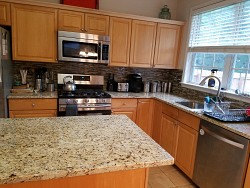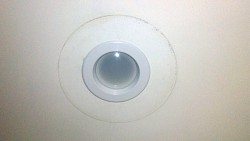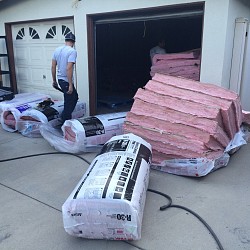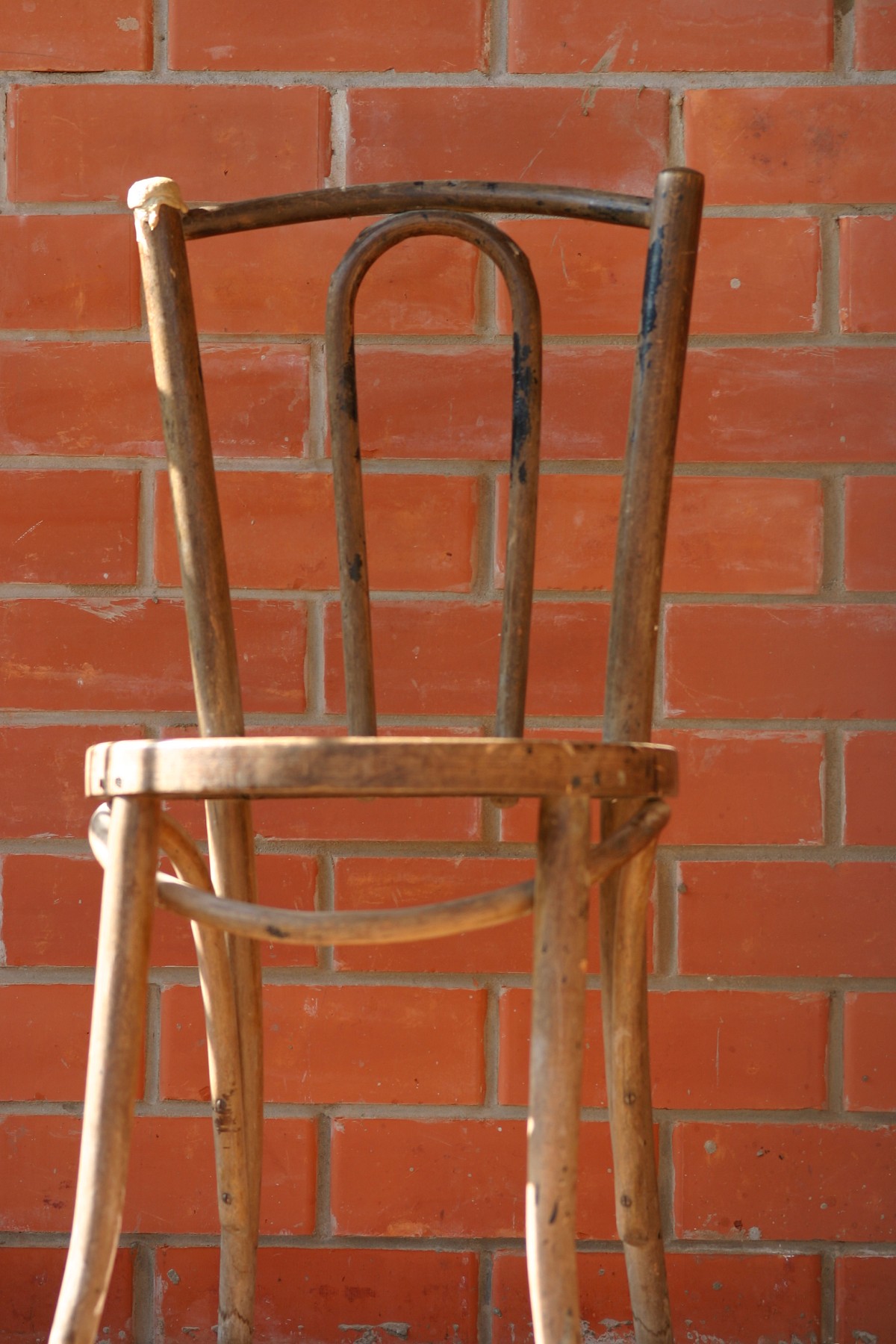Exposed Brick Wall Indoors? Lovely, but a Lot of Work
Q: How is creating an exposed brick wall inside your home like adopting a puppy? A: Both are unquestionably cute, but an awful lot of work. In the case of a New York loft-style exposed brick wall, that means taking the time to strip painted brick or apply veneer, followed by a careful job of finishing. If you’re ready to put in the effort, though, a gorgeous indoor exposed brick wall will make an exciting focal point in your living room, den, or even bedroom.
Stripping an Old Brick Wall
Gently does it when you are attempting to strip the paint off vintage brick (and if you don’t happen to be well equipped with patience, you might want to hire a professional to tackle the job in your stead). The point is to remove the paint without harming the brick itself, which tends to rule out shortcuts along the lines of caustic chemicals, sandblasting, or pressure washing. Instead, you’ll have to resort to a paint remover in paste or gel form (test it first on a small inconspicuous area of your brick) … and be prepared to put a great deal of elbow grease into scraping and scrubbing the remains of the paint away. Replace any broken or spalling bricks; in some cases, you can “cheat” by just turning an individual brick around, to expose its better-looking side.
Installing New Brick Veneer
Yes, Virginia, there is a softer, easier way to achieve the look of exposed brick without all the hassle of removing old paint … or even the necessity of having brick in the first place. You can install a brick veneer on top of an interior wall. If the term “veneer” makes visions of (nasty!) 1980s-style fake brick vinyl siding dance in your head, relax. Brick veneer, AKA thin brick, is real clay masonry, albeit in a thickness of ¼ to 1 ¾ inches; it is designed to be applied to existing construction – retrofitted, if you will – for decorative purpose, rather than to actually support the structure. Thin brick adds less weight to your wall, is easier to work with, and takes up less of your floor space than standard full thickness brick. The installation process is similar to laying tile.
Sealing Your Exposed Brick
Whatever the origins of your indoor brick wall, it’s an excellent idea to protect the masonry against potential problems like dust, mites, mold, and the ravages of time. Use either a sealant made for stone and grout or a special brick sealer. Do be sure that your brick is clean and dry before you apply sealing compound, in your choice of a matt or a slightly glossy finish. Spray, brush, or roll the sealant on, checking that the entire surface of the bricks and mortar is well covered. Sealing not only safeguards your brick wall, it can also minimize drafts coming in from the outdoors. TIP: If the mortar in a venerable old wall has deteriorated, have the brick repointed prior to sealing it.
Interior Brick Wall Maintenance
Once your exposed brick has been properly sealed, occasional cleaning will be a simple task. Just wipe or brush the wall down with a household cleanser; some folks recommend blending the cleanser into a paste with table salt, in a 1:1 ratio, and leaving it on the surface for about 15 minutes. Whatever you do, though, resist the temptation to resort to utilizing large quantities of water or harsh substances such as bleach and acids, as these can damage your beautiful brick.
Laura Firszt writes for networx.com.
Updated April 16, 2018.
Looking for a Pro? Call us (866) 441-6648

Painting Average Costs
Painters Experiences

The Most Important Quality In A Tiler? Attention To Detail

Look To Your Electrician For Advice On The Best Lighting System




